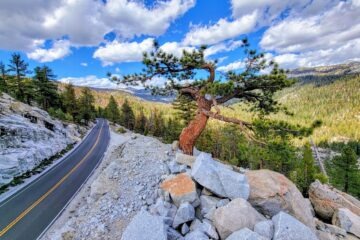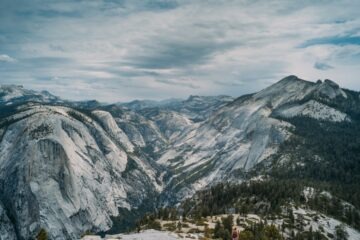By Shelton Johnson, mounted patrol ranger, Yosemite National Park
I graduated from Yosemite’s Horse Patrol School in 1996, having an unshakable desire to learn what it once meant to be a cavalryman for the U.S. Army, like the Buffalo Soldiers who served in the park more than a century ago.
In the aftermath of the Civil War, the U.S. Congress created six regiments of African-American enlisted soldiers, two of which became known as the “Buffalo Soldiers.” Well before the establishment of the National Park Service, these cavalry units helped fill the role of a “small, reliable police force” within our country’s first national park, Yellowstone. The Buffalo Soldiers later expanded to Yosemite and Sequoia national parks, where they built and improved trails and roads, extinguished fires, expelled poachers and timber thieves, and patrolled the wilderness.
In Yosemite, horses helped soldiers navigate a park that, at the time, covered 1,500 square miles of rough terrain with few trails or roads. The cavalrymen could draw on their equestrian expertise — and 1,000-pound mounts — to create an atmosphere of law and order. Throughout the 20th century and into today, park rangers carry on this tradition by patrolling Yosemite’s high country.
On July 4, 1970, the famous Stoneman Meadow Riot ended with an altercation between rangers and visitors. Raising important questions about visitor access and interactions, the event underscored the fact that mounted park rangers needed additional training, similar to traditional cavalry training. Riding a horse is one skill set; controlling that horse during conflict and using it to quell aggression is another entirely.
Stoneman Meadow, however, is not a battlefield. Nor are any of the other places today’s rangers patrol in the park. Like the Buffalo Soldiers, modern-day rangers don’t use horses as weapons; they work in partnership with their animals to maintain order, protect resources and keep people safe. That partnership between rangers and horses is based on respect for the animal — and for the long tradition that ties us to the saddle.
For the cavalrymen, serving in Yosemite was easy, compared to open warfare, but it was not without challenges. After all, they were still African-American men fighting for survival in the decades after the Civil War, still the sons of sharecroppers and grandsons of formerly enslaved people, still the Buffalo Soldiers. In this work, however, they were allowed to be human beings and given the freedom to become giants.



